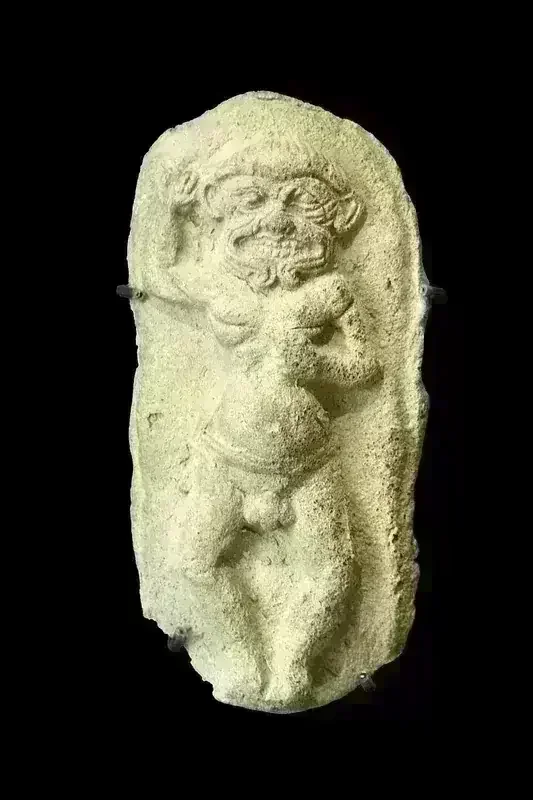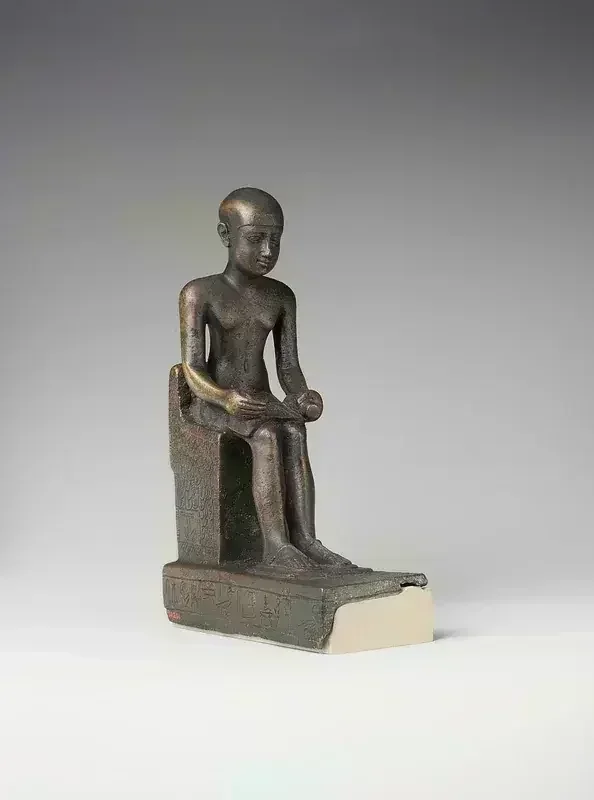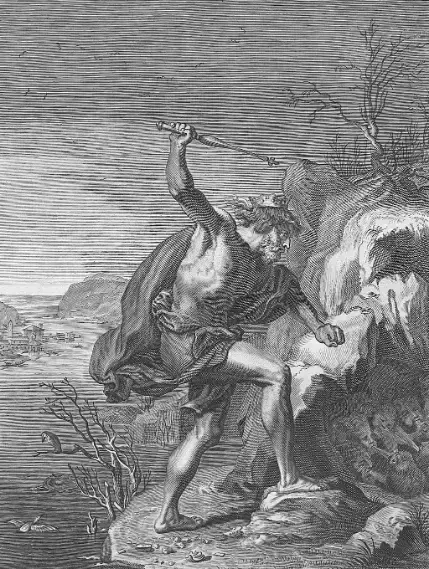Humbaba

Humbaba (Ḫumbaba; 𒄷𒌝𒁀𒁀, Ḫûmbaba, with an optional determinative 𒀭), originally known as Ḫuwawa in Sumerian (𒄷𒉿𒉿, Ḫuwawa), was a significant figure in Mesopotamian mythology. The etymology of his name remains unknown. He was typically depicted as an anthropomorphic being comparable to an ogre or giant.
His most famous appearances occur in Sumerian and Akkadian narratives centered on the hero Gilgamesh, including short compositions from scribal school curricula, various versions of the Epic of Gilgamesh, and several Hurrian and Hittite adaptations. Across these stories, Humbaba consistently appears as the inhabitant or guardian of the cedar forest, which Gilgamesh ventures into alongside his companion Enkidu. Their encounter culminates in Humbaba's death, an act that provokes divine anger. Beyond the Gilgamesh cycle, Humbaba appears in other Mesopotamian literary works. Archaeological evidence has yielded multiple visual depictions of him, including combat scenes and apotropaic clay heads.
Scholars have proposed that Humbaba's iconography influenced Greek representations of gorgons, particularly scenes depicting Perseus slaying Medusa with Athena's assistance. A late derivative of Humbaba also appears in both Jewish and Manichaean versions of the Book of Giants, where one of the titular beings is named Ḥôbabiš, Ḥôbabis, or Ḥōbāīš. While this name clearly derives from Humbaba, the narrative context bears no resemblance to his known myths. Traces of Ḥôbabiš have also been identified in later Islamic religious polemics. Some scholars have suggested connections between Humbaba and other figures such as Kombabos from Lucian's works or the biblical Hobab, but these theories are generally considered implausible.


